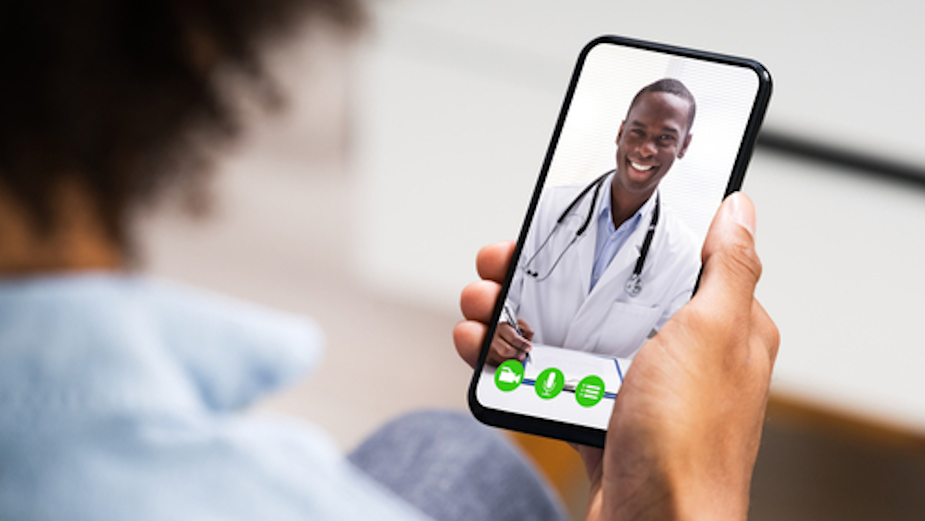
Health Tops Agenda at CES Reports VMLY&Rx London Head of Innovation

We’re used to seeing #CES trending on Twitter and LinkedIn in January, with tech lovers sharing their finds from the show. This year, the flagship tech event has gone online, but that’s not stopped a steady flow of important announcements of current and future trends from companies doubling up on connected health devices.
As Deeptha Khanna, chief business leader of Personal Health at Phillips, said: “We have witnessed the reinvention of our homes as a core element of the healthcare pathway, with telehealth, virtual and remote care technologies as the key drivers for change during COVID-19… and these changes are here to stay."
Phillips is certainly practicing what it preaches - check out the health-related products it’s recently launched. It also partnered with GSK to offer parents accurate information about vaccine-preventable diseases and the vaccines available through their Baby Plus apps .
Another main trend for me at CES this year was the increase in home monitoring products. A great example is VitalSight by Omron Healthcare, which shares your vital health information with your physician. Another product worth checking out is HealthyU by HD Medical - a home device that monitors a variety of health metrics and quickly feeds them to your doctor.
As the products show-cased at CES become more affordable, we can play a key role in supporting the way patients and physicians connect by through relevant content. This isn’t a big step. Nine times out of ten, we already have access to the content we need. The challenge – for our everyone in our sector – is to repurpose and reposition this content so it creates a seamless experience. If the experience is difficult for patients to manage, or it adds more burden to a physician’s day, whatever you’re trying will not work. I’m sure everyone reading this is the same – it only takes us one bad experience to switch us off.
So how does CES help our clients? Well, it’s pretty clear that all the therapeutic apps it’s showcased this year rely heavily on content and – more importantly – content that’s connected with the experience. This is something our sector can do really well. CES reminds us that we live in a service world. You can’t just have a great product, you need to provide a great experience too. And lasty, of course, there’s Telehealth. This has exploded since the pandemic, and it’s clear no one’s going (completely) back. So now is the time for all of us to explore new ways of using technology to promote better remote experiences. Cx is a mindset that we all need to master.
Importantly, as we have less and less contact with physicians due to the pandemic, the tech available now, will really help support our healthcare systems of the future. As our homes become a key environment for healthcare monitoring, connected devices will help reduce some of the burden on our healthcare systems and remove the friction points that have blighted them in the past. Most importantly, connected Cx will open up more time for interaction between patients and physicians. This can only lead to better outcomes and better experiences.
CES is also a fantastic technicolour-tech-telescope - helping us understand how tech will shape the future of health. Some trends seem like they take ages to materialise and some have a sharper adoption curve. Regardless of the speed or shape of the curve, these are my top five predictions for the future of health from CES 2021. They come with their own health warning: *you will have definitely heard some of them before!
- Health is top of the agenda for electronics companies and global tech platforms, not just pharma companies. Gaming platforms and social platforms connected with digital therapeutics will become the norm.
- The pandemic has fast-tracked the connectivity between our health, our homes and our devices. We are now more committed and connected 24/7 to staying healthy without having to leave our homes. We’re seeing new services, new touch points, new sensors and lots of telemedicine! The good news is: we are in a fantastic position to help support. We’ve talked about this for years – the pandemic has simply accelerated it.
- Usability is everything. Technology can take years to reach to mass consumption but the winners are the always ones that are nice and simple to use. Don’t forget Dyson and Macs don’t come with manuals, so creating simple and easy to use products is key to a positive customer experience and adoption.
- There’s a huge opportunity for pharma to provide value-added services on top of connected health devices. As I’ve said before, it’s all about promoting better health outcomes and better health experiences. As a sector, we have lots of expertise that can really support and promote better experiences for patients and physicians. Now is our time!
- The future of health is all about creating a 'frictionless experience' that provides a positive value exchange for everyone involved. If 2020 has taught us anything it’s that our behaviours and our definition of what constitutes value will continuously change. So we need to be alert and agile.
Before leaving the warm tech glow of gadgetry from CES, my final recommendation is from CES awards. I’m betting on Airthings – a smart company who has found a way to monitor indoor air quality for viruses and alert employees of any issues. I think it will become the norm for future offices …. when we eventually get back in to them.













